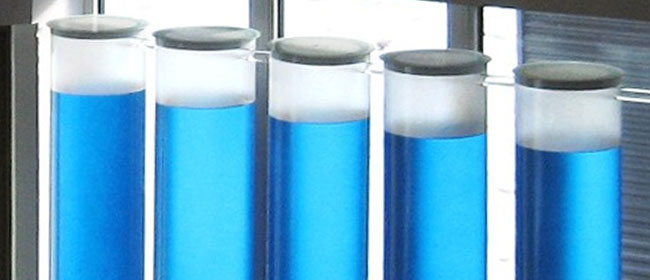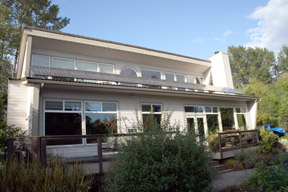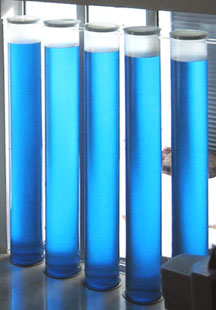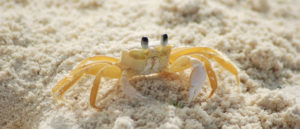I have blogged before on my friend Jack’s passive solar home. He toured us last fall Bellingham, Washington: Passive Solar, PV and Solar Thermal home.
Passive solar, combined with a good heat sink (concrete, stone, masonry, water) creates one of the most cost-effective methods to heat and cool your home. With passive solar you have few moving parts or maintenance and use no mechanical devices. You let the earths natural forces work for you.
The elements of good passive solar consist of south-facing windows (northern hemisphere). The sun’s radiation passes through the windows and is absorbed by surfaces inside the (insulated) envelope of the home.
In Jack’s case this is a large wall of brick/concrete, polished with a deep colouring as well as concrete flooring. This is the thermal mass which acts as a heat sink, absorbing the sun’s heat during the day and letting heat off in the cooler evenings.
After the tour, we sat with Jack and he told us about a previous passive solar home he had built and lived in several years ago. This one had a water wall. A water wall is said to be an even more effective heat sink than masonry. Water can hold two and a half times more heat than concrete per volume.
This is not to be confused with a Trombe Wall, although the principle is the same. Jack’s water wall consisted of tubes that were one foot in diameter and eight feet high, an optimal heat sink.
Water walls are effective because they provide thermal mass and quicker heat exchange than concrete or masonry. They are said to have a 10 to 20 percent advantage over slightly larger masonry walls in moderate climates. In addition, energy savings in heating and cooling can be expected in the 70 to 90 percent range.
It took a bit of looking to find an example of a water wall similar to Jack’s, but I found some through the Solar Components site. They look like they come from a 60’s Science Fiction movie, but according to Jack, you can’t beat the effectiveness. The Solar-Components site also shows drawings of a Direct Gain Water Wall and Controllable Passive.
Solar water walls have also been made out of other materials but these ones are made out of a clear fibreglass. They can be filled with dyed water to increase efficiency or for aesthetics. The example here has a blue dye inserted.
Don’t even think of putting fish in them as they wouldn’t be able to handle the temperature fluctuation.
Beam me up Scotty…
Cheers, your eco friend.









While I do not have direct experience my interview with Jack stated that you add bleach every so often to the water and this keeps it healthy. You might also find answers from Solar Conponents Corporation (click on previous link).
Cheers, your eco friend Terry
Can anyone tell me, do you use regular tap water in these water walls? Wouldn’t it become moldy after a while? Thanks. Mark
Things like the water wall were a bit more common during the Oil Crisis back in the seventies. There were a lot of people experimenting and building energy efficient homes but the water walls were more radical. The concept makes sense and is interesting but didn’t really take off.
I do remember seeing some examples of a revised water wall online and if you continue to look you may find more. Tom Pittsley has a great Trombe wall system that is similar that he speaks about on youtube. He built his home around 5 years so he probably has more research. See Passive solar, energy efficient home with a Trombe wall?
Good luck with your investigations and if you do end up with one of these systems I would love to hear about it.
Cheers, Terry, your eco friend.
Hello Eco-Friends,
These look very effective. Has anyone (besides Jack) used these? How long did Jack have his installed in his old home before he bult a new home? Why didn’t he use them in his new home as well? Did Jack describe any maintenance issues, defects in manufacture, or other issues with his?
I’ve found two sources online. They both appear to sell the same tubes (and both use some of the same photos of installations), but one source charges considerably less. Does anyone know of additional sources for these or for similar water-containing thermal mass?
Does anyone know of reviews besides this article? Or know of any owners besides Jack? Any additional information would be appreciated. Thanks!
Interesting. Thanks for this article.